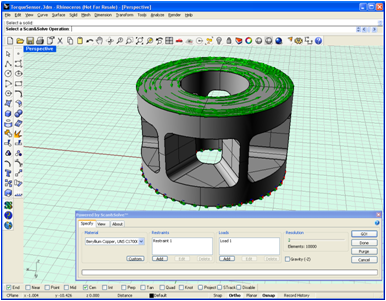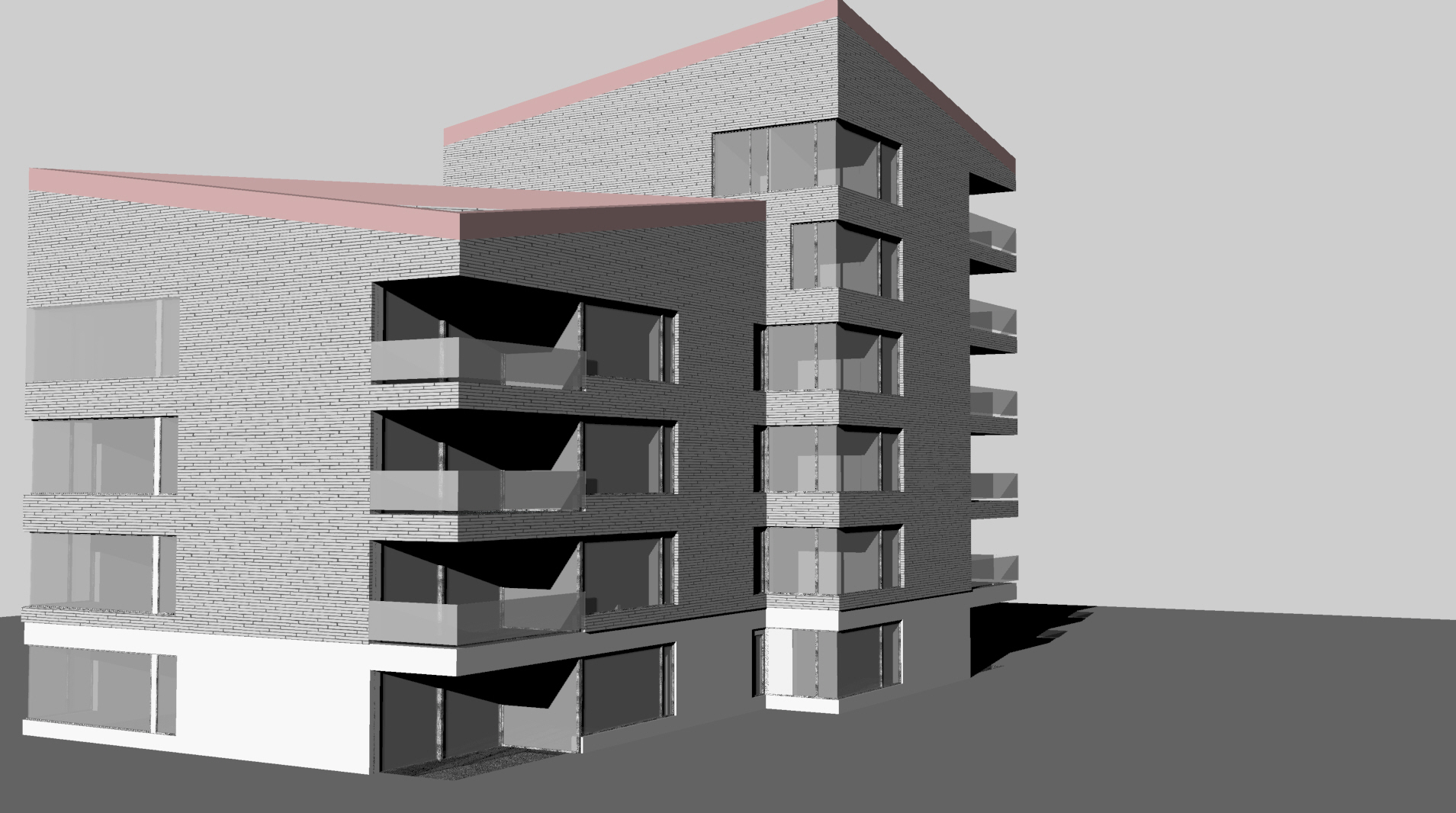

Two conditions are considered: Preinstalled materials and web-downloads. This page will tell you how to find and make use of those resources on your computer. In fact, V-Ray for Rhino comes with some pre-defined textures, and there are free downloadable libraries online as well.

It is much easier to build up (or purchase) one or more libraries of favorite material definitions, then use them for routine materials (concrete, brick, etc.) while defining unique "specimen" textures (client artwork, adjacent buildings, etc.) for particular projects. Material Librariesĭefining your own materials, for each rendering project, would be tedious and error-prone. From this foundation it is easy to imagine a collection of useful textures stored in libraries. vismat file by right-clicking on the name in the Material Editor and selecting "Export" from the popup. Note that it images are stored "by reference" (file paths, not file contents), but the plug-in is fairly flexible about resolving names and finding the right file, so a modest amount of care should allow you to build up a collection of your own, and move it from place to place. It is convenient to be able to save these separately from the geometry of the model. Once a material is in the Material Editor, it can then be assigned to surfaces from within the CAD / BIM you are using Enscape with.TAPESTRY: The Art of Representation and Abstraction Material/Texture LibrariesĪ "V-Ray Material" consists of a bunch of settings, scaling values, file names, colors, etc. You can also select and apply a height map here (e.g., bump map). Once you have selected a material, you will see the option to adjust its color, texture, reflections, and transparency. To help you identify materials, you will notice that a color and material type indicator is provided in the panel on the left. Simply open the Enscape Material Editor and select the material you wish to edit. To help you create the desired look and feel for your project, it is possible to edit materials within Enscape. This feature allows you to store materials on a shared network drive for example. To help you organize your materials, it is possible to change the location that textures are imported and stored to. Once imported, you will find the material listed in the Enscape Material Editor, where you can further edit the material if required. This is particularly useful for individuals and teams who want to access certain pre-prepared materials from other projects. As well as being able to import materials directly from the Material Library into the Enscape Material Editor, you can batch import and export material packages.


 0 kommentar(er)
0 kommentar(er)
